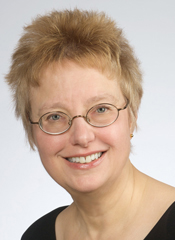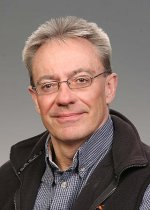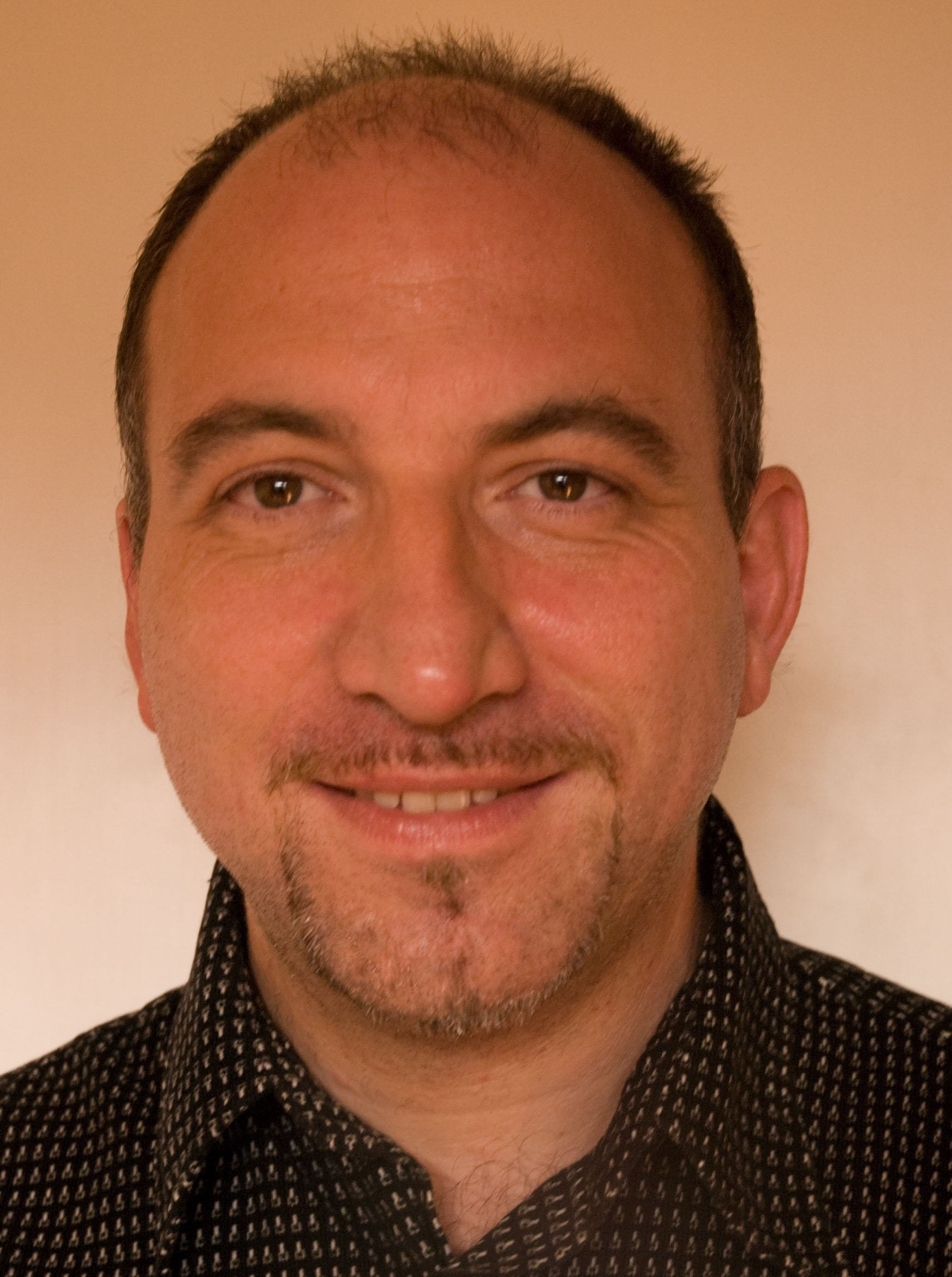Keynotes
The keynotes are joint between CompArch and WICSA.
- Pamela Zave, Opening Keynote, Tuesday June 21
- Ian Gorton, Industrial Day Morning Keynote, Wednesday June 22
- Michael Stal, Industrial Day Afternoon Keynote, Wednesday June 22
- Bran Selic, Closing Keynote, Thursday June 23
How software architecture can make an application-friendly Internet

|
Pamela Zave, AT&T Laboratories--Research Web Page: http://www2.research.att.com/~pamela |
Abstract: It is widely agreed that the Internet has outgrown its original
architecture, and does not meet current or future needs in many areas.
Most notably, requirements for network functionality, quality of
service, security, and resource management are becoming too diverse for
the classic IP layers.
Consequently, the Internet is evolving toward a diversity of virtual
networks, each with its own customized stack of layers or "overlays."
This evolving architecture provides opportunities to make networked
applications easier to build, deploy, and maintain. To take advantage
of these opportunities, however, we need answers to many questions
concerning the specification, construction, verification, and dynamic
composition of overlays.
This talk describes new results on overlays and architectural support
for mobility. A few patterns explain the exact nature of mobility, the
major implementation strategies, and how different instances of mobility
can be composed and transformed. Although mobility support is only one
of many Internet requirements, these preliminary results suggest that a
rigorous study of overlays can lead to useful new architectural
principles, as well as contribute to bridging the gap between software
engineering and networking.
Bio of Pamela Zave: Pamela Zave received an A.B. degree in English from Cornell
University, and a Ph.D. in computer sciences from the University of
Wisconsin--Madison.
She has held positions at the University of Maryland and Bell Labs, and
is now with AT&T Laboratories--Research.
Dr. Zave is interested in all aspects of formal methods for software
engineering as applied to networking. For the past twelve years she has
led a group of researchers building and analyzing IP-based voice and
multimedia services using the Distributed Feature Composition
architecture, invented by her and Michael A. Jackson. This group has
developed two successful large-scale telecommunication systems.
Dr. Zave is an ACM Fellow and an AT&T Fellow. She has won three
Ten-Year Most Influential Paper awards, four Best Paper awards, the AT&T
Strategic Patent Award, and the AT&T Science and Technology Medal.
She holds 16 patents in the telecommunications area, and is currently
chair of IFIP Working Group 2.3 on Programming Methodology.
- Top -
Cyber Dumpster Diving: Creating New Systems (that work) for Less

|
Ian Gorton, Pacific Northwest National Laboratory (PNNL) Web Page: http://www.pnl.gov/science/staff/staff_info.asp?staff_num=7076 |
Abstract: The complexity of modern science is daunting in terms of the complexity of analysis and processing, and volumes of distributed, heterogeneous data that must be managed. The cost of creating the software systems to support and manage these large scale scientific endeavors are significant, and historically most tools have been custom built and tailored specifically to particular scientific problems. This talk will describe the approach we have successfully employed at PNNL to build collections of tools that are broadly applicable across scientific disciplines. We rely heavily on leveraging robust, widely adopted open source technologies and integrating them in novel ways. This creates functional, flexible systems at considerably lower costs than custom designed technologies. We illustrate this approach by describing our Velo scientific knowledge management system, which highlights our �build systems, not code� mantra.
Bio of Ian Gorton: Dr. Ian Gorton is a Laboratory Fellow in the Computational Sciences and Mathematics Division at the Pacific Northwest National Laboratory (PNNL). He leads projects in various scientific domains that are building tools to process and manage complex, massive, distributed data collections for modeling and simulation. Gorton has published two books and 120 conference and journal papers, mostly in the areas of software architectures and component technologies. He is Senior Member of the IEEE Computer Society and Fellow of the Australian Computer Society.
- Top -
Good is not good enough - Evaluating and Improving Software Architecture

|
Michael Stal, Siemens Research and Technologies Web Page: http://www.michael-stal.com and http://stal.blogspot.com |
Abstract: Software system design is hard because of the volatility of software requirements and technologies. Change is the rule, not the exception. In addition, architects have to cope with the uncertainly pinciple. They make decisions based on incomplete or wrong facts. And as all human beings they are prone to failure. But what is the consequence for the architecture of such systems? A big bang approach to software design can obviously not offer the right answers. But how then can architects ensure the sustainability of their solutions? By magic or secret panaceas? Or is here a systemaic way to cope with change. The talk will try to provide some answers introducing approaches such as architecture assessment and architecture refactoring as valuable ingredient of an architect's toolbox.
Bio of Michael Stal: Michael Stal is a Principal engineer at Siemens Research and Technologies where he focuses on software architecture, distributed systems and programming paradigms. He co-authored two volumes of the Patttern-Oriented Software Architecture. Michael got his Ph.D. from the University of Groningen (Netherlands) where he recently has been appointed professor for software engineering.
- Top -
Making Abstraction Concrete

|
Bran Selic, Malina Software Corp. Web Page: http://simula.no/people/bselic |
Abstract: Abstraction is the very essence of architectural specification and modeling. Consequently, as we develop a proper theoretical underpinning for model-based engineering methods, it is crucial for us to understand more precisely what is involved in moving from a concrete specification of some system to a more abstract one (or vice versa). Well-known abstraction patterns, such as layering, encapsulation, hierarchical (de)composition, and the like are quite common and have been used since the earliest days of software design. However, they are typically specified informally using ambiguous inconclusive language, which can lead to confusion and misunderstandings that are difficult to detect. For example, hierarchical decomposition and layering, which are semantically distinct patterns, are often confused with each other due to their syntactical similarity. In this talk, we identify a starter set of common and reversible abstraction patterns � that is, patterns that relate a concrete representation with a corresponding abstract one � giving precise formal descriptions of the mappings involved in each. This serves not only to clarify what actually happens in the process of abstraction but, perhaps even more importantly, it can serve as a basis for automating some of the mechanical aspects involved in moving between models at different levels of abstraction. This, in turn, enables computer-based traceability between such models. Moreover, such a precise specification of these transformations can mitigate one of the major hazards of abstraction whereby highly relevant information is erroneously dropped from consideration.
Bio of Bran Selic: Bran is President of Malina Software Corp., a Canadian company that
provides consulting services to corporate clients and government
institutions worldwide. He is also Director of Advanced Technology at
Zeligsoft Limited in Canada and a Visiting Scientist at Simula Research
Laboratories in Norway. In 2007, Bran retired from IBM Canada, where he
was an IBM Distinguished Engineer, responsible for setting the strategic
direction for software development tools. In addition, he is an adjunct
professor of computer science at the University of Toronto and at Carleton
University (Ottawa, Canada), as well as a guest lecturer and researcher at
the University of Sydney (Australia) and at INSA (Lyon, France). With close to 40 years of practical
experience in designing and implementing large-scale industrial software systems, Bran has pioneered
the application of model-based engineering methods in real-time and embedded applications and has
led the definition of several international standards in that domain including the widely used Unified
Modeling Language (UML).
Bran received his Dipl.Ing degree in 1972 and his Mag.Ing degree in 1974, both from the University of
Belgrade in Yugoslavia.
- Top -

|


